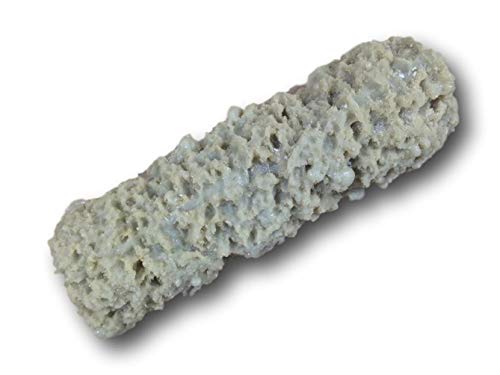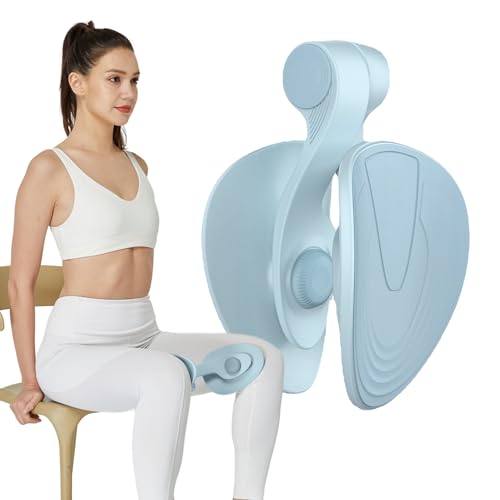DSRIGGS
Yes, that is chocolate covered bacon
- Joined
- Nov 19, 2014
- Messages
- 4,635
I was poking around this morning to see what I could find documented about the Hess method that we hear about so often anecdotally. I came across this page:
http://www.duodenalswitch.com/1998hess.html#9
The "Measurement and Size" section is particularly interesting to me:
MEASUREMENTS and SIZE
After resection of the greater curvature we would prefer to have the volume of the stomach to be somewhere around 150 cc (generally, no less than 100 cc or more than 175cc). We size the stomach with a #40 dilator along the lesser curvature and we stay 1 1/2 to 2 finger breaths away from the dilator towards the greater curvature side when we apply the ILA-100 stapler. In general, this will give us a stomach that will fall in that range. The serosa to serosa suture reduces the size of the stomach which is a factor in early weight loss as time passes this stomach volume will enlarge.
We believe that the total length of the alimentary limb (from the cecum to the stomach) should be approximately 40% of the total length and that the common channel (the distal portion of the alimentary limb just beyond the anastomosis of the biliary limb ) should be somewhere around 10% of the total small bowel length. We make the common channel 50 cm, 75 cm or 100 cm, whichever seems the most proper. The length of our alimentary limb is always calculated in 25cm increments: 250 cm, 275cm, 300 cm, etc. Table 3 illustrates the common channel, the alimentary limb and approximately the number of cases we used in that group. Also, it indicates the average length of the bowel, patient's weight, and stomach volume, and this illustrates that in general, the measurements are close to 40% alimentary canal and 10% common channel. These are only guidelines and we evaluate every patient individually at the time of surgery as to their age, their weight, and to the number of co-morbidities in making our decision on the above sizes. The proper volume of the stomach, and the lengths of the roux-en-y limbs and bilio limbs have been debated. Table 3 is of the first 382 cases of primary BPD with a duodenal switch and it gives an impression of the variety of measurements in lengths with similar bowel lengths in percentages. We believe that the percentage should be considered when deciding how long the limbs should be, then as long as consistency is maintained, the method of measurement is insignificant.
M3 (and by personal contact ) in Chicago by Dr. Scopinaro indicated that by increasing the length of the alimentary limb the absorption of protein increases substantially, whereas increasing the size of the common channel alone does not necessarily increase the amount of protein absorption, but it does reduce fat malabsorption. It is his feeling that most of the digestive juices and bile are reabsorbed before they reach the common channel and that an increase in the alimentary canal would be a method of increasing protein absorption without reducing the selective malabsorption of fat and weight loss capabilities. However, as you increase the length of the alimentary limb you also increase the absorption of carbohydrates. We feel that this is probably correct and in general it supports our method of using 40% for the guideline of the length of the alimentary canal. It appears that the alimentary canal can be made longer, the common channel made relatively short, and a selective malabsorption of fat will occur while maintaining adequate absorption of protein.
I couldn't get the tables to copy in properly but there is good data on channel lengths, min, max and mean total small bowel length and the different combinations employed.
http://www.duodenalswitch.com/1998hess.html#9
The "Measurement and Size" section is particularly interesting to me:
MEASUREMENTS and SIZE
After resection of the greater curvature we would prefer to have the volume of the stomach to be somewhere around 150 cc (generally, no less than 100 cc or more than 175cc). We size the stomach with a #40 dilator along the lesser curvature and we stay 1 1/2 to 2 finger breaths away from the dilator towards the greater curvature side when we apply the ILA-100 stapler. In general, this will give us a stomach that will fall in that range. The serosa to serosa suture reduces the size of the stomach which is a factor in early weight loss as time passes this stomach volume will enlarge.
We believe that the total length of the alimentary limb (from the cecum to the stomach) should be approximately 40% of the total length and that the common channel (the distal portion of the alimentary limb just beyond the anastomosis of the biliary limb ) should be somewhere around 10% of the total small bowel length. We make the common channel 50 cm, 75 cm or 100 cm, whichever seems the most proper. The length of our alimentary limb is always calculated in 25cm increments: 250 cm, 275cm, 300 cm, etc. Table 3 illustrates the common channel, the alimentary limb and approximately the number of cases we used in that group. Also, it indicates the average length of the bowel, patient's weight, and stomach volume, and this illustrates that in general, the measurements are close to 40% alimentary canal and 10% common channel. These are only guidelines and we evaluate every patient individually at the time of surgery as to their age, their weight, and to the number of co-morbidities in making our decision on the above sizes. The proper volume of the stomach, and the lengths of the roux-en-y limbs and bilio limbs have been debated. Table 3 is of the first 382 cases of primary BPD with a duodenal switch and it gives an impression of the variety of measurements in lengths with similar bowel lengths in percentages. We believe that the percentage should be considered when deciding how long the limbs should be, then as long as consistency is maintained, the method of measurement is insignificant.
M3 (and by personal contact ) in Chicago by Dr. Scopinaro indicated that by increasing the length of the alimentary limb the absorption of protein increases substantially, whereas increasing the size of the common channel alone does not necessarily increase the amount of protein absorption, but it does reduce fat malabsorption. It is his feeling that most of the digestive juices and bile are reabsorbed before they reach the common channel and that an increase in the alimentary canal would be a method of increasing protein absorption without reducing the selective malabsorption of fat and weight loss capabilities. However, as you increase the length of the alimentary limb you also increase the absorption of carbohydrates. We feel that this is probably correct and in general it supports our method of using 40% for the guideline of the length of the alimentary canal. It appears that the alimentary canal can be made longer, the common channel made relatively short, and a selective malabsorption of fat will occur while maintaining adequate absorption of protein.
I couldn't get the tables to copy in properly but there is good data on channel lengths, min, max and mean total small bowel length and the different combinations employed.
Last edited:











































